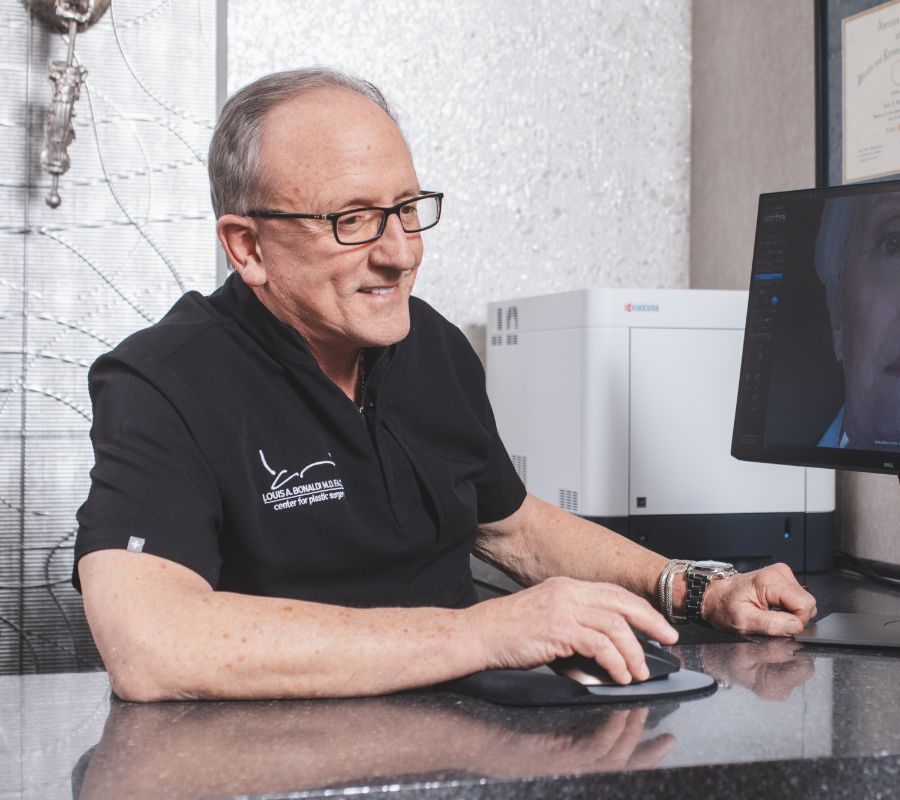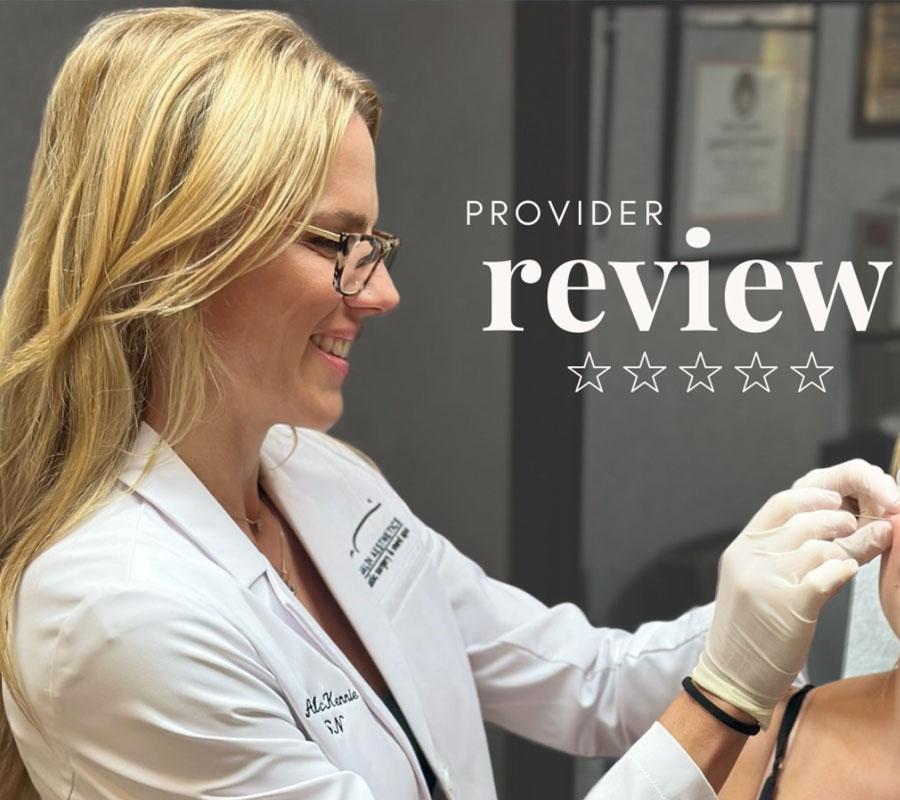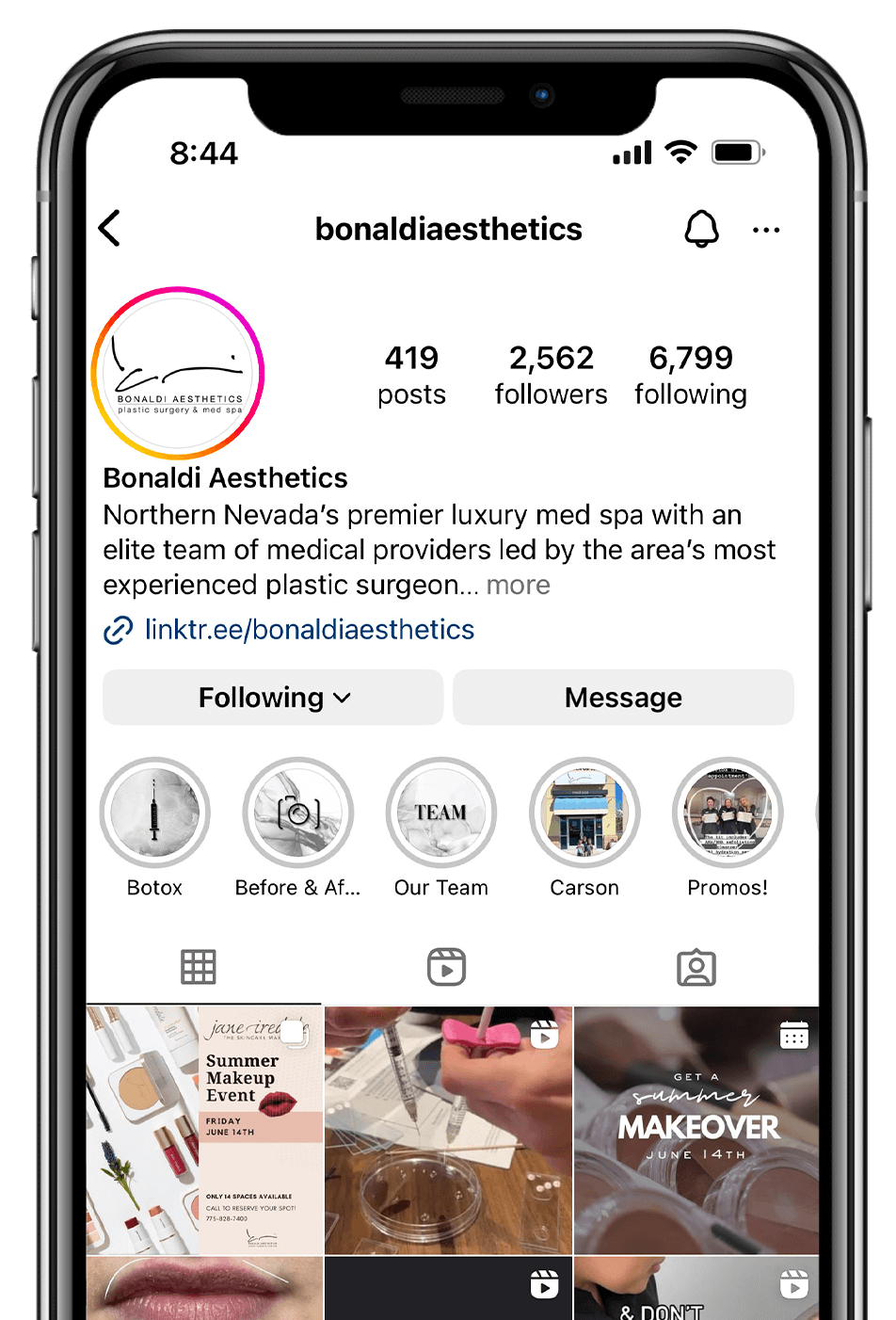June 26, 2024 | Liposuction
5 minute read

Liposuction is one of the most popular procedures to help individuals achieve a more streamlined physique. While it’s not a weight-loss solution, liposuction can significantly improve body contours by targeting stubborn fat pockets. One of the most frequently asked questions about liposuction is how much fat can be removed. This blog will explore the typical fat volumes removed during liposuction, the minimum and maximum amounts, cases involving minimal fat removal, and a comparison with other body-contouring options like tummy tucks and non-surgical treatments.
4 Min Read:
Typical Fat Volume Removed During Liposuction
A surgical slimming procedure that has worked wonders for millions, liposuction offers people more options than ever. Liposuction is measured in terms of volume rather than weight, with fat removal typically measured in liters. The amount of fat that can be removed safely with liposuction is based on several factors, including the individual’s health, body mass index (BMI), and the specific areas being treated.
On average, most liposuction procedures remove 1–5 liters of fat, which equates to approximately 2–11 pounds. The exact amount of fat removal depends on individual goals and the surgeon’s assessment. It’s crucial to note that the primary goal is to contour the body, not to achieve significant weight loss.
Minimum and Maximum Amounts of Fat Removal
To ensure a patient’s safety while achieving the desired outcome, liposuction procedures have established minimum and maximum guidelines.
- Minimum Amount: Some patients seek liposuction to refine small areas of fat, such as under the chin or around the knees. In these cases, only minimal amounts of fat, sometimes less than one liter, are removed. These micro-liposuction procedures can result in subtle yet noticeable improvements in body contour.
- Maximum Amount: Safety guidelines typically recommend removing no more than five liters of fat in a single procedure. Exceeding this amount increases the risk of complications such as excessive bleeding, infection, and fluid imbalance. In some cases, large-volume liposuction (more than five liters) can be performed, but it is generally split into multiple sessions to ensure safety.
Cases with Minimal Fat Removal
There are instances where only a minimal amount of fat is removed, yet the results can be highly impactful. These cases usually target specific, small areas with stubborn, diet and exercise-resistant fat.
- Facial Liposuction: Procedures such as neck, chin, or jowl liposuction typically involve the removal of small fat amounts, which can significantly enhance facial contours and rejuvenate appearance.
- Body Sculpting: Athletes or individuals in good shape might opt for liposuction to remove small fat pockets and achieve a more sculpted, defined look. Even minimal fat removal in areas like the abdomen or flanks can create noticeable improvements in body contour and definition.
Liposuction vs. Tummy Tuck and Non-surgical Body Contouring
When considering body contouring options, it’s essential to understand the differences between liposuction, tummy tucks, and non-surgical treatments, particularly regarding the volume of fat removed and the results achieved.
Liposuction
This procedure removes fat through small incisions using a cannula and suction and typically removes one to five liters of fat per session. Recovery is moderate, with downtime of about one to two weeks.
Liposuction is best for targeting localized fat deposits to improve body contours and is not a good solution for significant weight loss or loose, sagging skin.
Tummy Tuck (Abdominoplasty)
Tummy tuck surgery (abdominoplasty) involves removing excess fat and loose skin from the belly while tightening the abdominal muscles. While some fat is removed, the primary focus is on skin excision and muscle tightening. However, liposuction is often combined with abdominoplasty for enhanced fat removal, and recovery is more extensive, with several weeks of downtime and limited activity.
Abdominoplasty is best for individuals with excess skin and weakened abdominal muscles, often due to significant weight loss or pregnancy. It provides a flatter, firmer abdomen and removes loose skin, which liposuction alone cannot achieve.
Non-surgical Body Contouring
Options include treatments like CoolSculpting® Elite, which typically reduce fat in treated areas by 20–25% per session. The total volume removed is significantly less compared to surgical options.
Non-surgical body contouring involves minimal to no downtime, making it convenient for those with busy lifestyles. It is also best for mild to moderate fat reduction in patients who prefer non-invasive procedures with realistic expectations about the gradual results.
What Happens After Liposuction?
After liposuction, patients can expect a recovery period that includes swelling, bruising, and discomfort. Here are key aspects of the post-operative phase:
- Compression Garments: Patients are placed in compression garments and are instructed to wear them continuously to reduce swelling and support their new body contours.
- Activity Restrictions: Strenuous activities must be avoided for several weeks to ensure proper healing.
- Follow-up Visits: Attending follow-up visits with the surgeon is required so they can monitor progress and address any concerns.
- Long-term Results: Final results are usually visible after a few months once the swelling subsides. To preserve the outcome of liposuction, a stable weight must be maintained.
Safe and Effective Body Contouring With Liposuction in Reno
Dr. Louis A. Bonaldi, our Reno, NV, board-certified plastic surgeon, provides liposuction and other options to meet your body sculpting needs. Call (775) 828-7400 to schedule a liposuction consultation in Reno, Nevada, and learn more about safe and effective body contouring.





